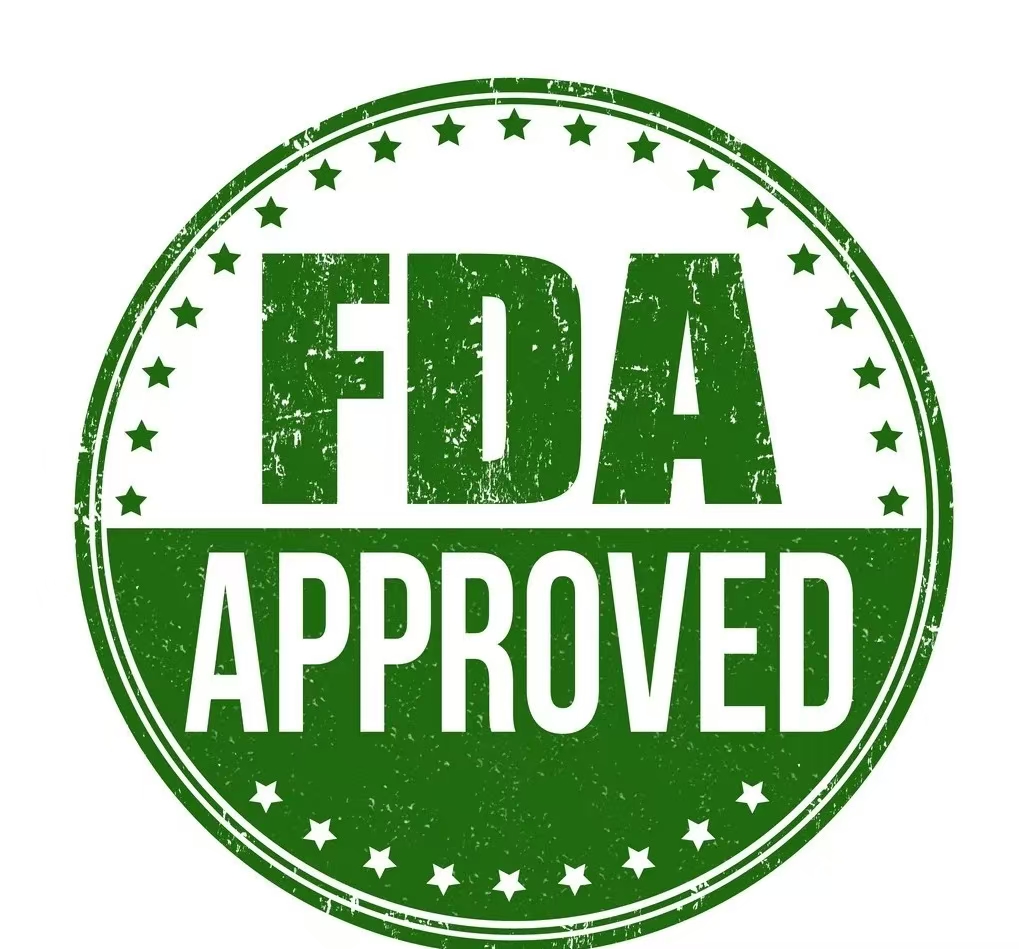In recent years, with the rapid development of the medical device industry in high technology and new technologies, more and more companies have ventured into the research and development of high-tech, high-risk medical devices. The United States, as a major country in overseas markets, has the best platform and environment for the global development of medical devices. Obtaining approval for high-risk medical devices to be marketed in the United States has become a key goal for these companies.
In the United States, premarket approval (Premarket Approval, PMA) for high-risk medical devices (Class III) is an important approval pathway. PMA is the most stringent type of device application required by the FDA for Class III medical devices. Applicants must obtain FDA approval for their PMA application to ensure the safety and effectiveness of the device for its intended use.
The PMA review process typically includes several steps: first, an administrative and limited scientific review to determine application completeness; followed by an in-depth scientific, regulatory, and quality review; then consultation with advisory committees for review and advice; and finally, a final review by the FDA, with the development of documents and notifications.
When preparing a PMA application, manufacturers need to provide sufficient scientific data and reasoned arguments to demonstrate that their products are safe and effective for their intended use. Good scientific writing is key to obtaining PMA approval. Failure to provide complete, accurate, consistent information, or a lack of valid clinical information and scientific analysis may lead to delay or rejection of the application. Therefore, manufacturers should conduct quality control reviews before submitting PMA applications to ensure that the application documents are scientifically sound and well-organized. This will increase the chances of approval.



